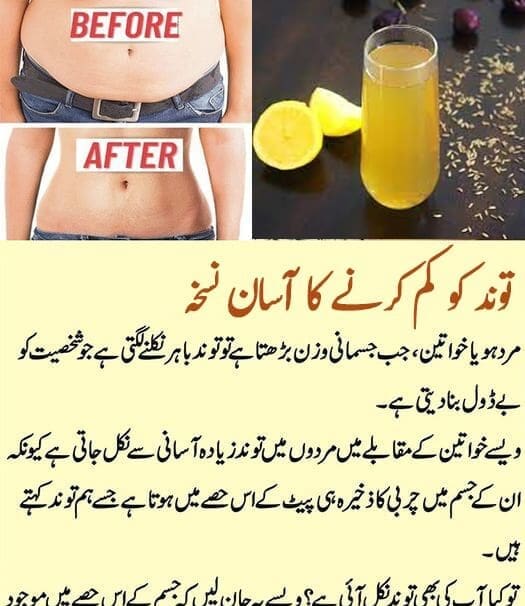How to Clean a Seriously Dirty Kitchen Floor
A kitchen is the heart of the home, but its floors can often take a beating from spills, crumbs, and foot traffic. If you’re faced with a kitchen floor that’s seen better days, fear not! With the right approach and some elbow grease, you can transform your grimy floor into a sparkling surface that enhances the overall cleanliness of your space. In this guide, we’ll walk you through step-by-step instructions on how to tackle even the dirtiest of kitchen floors.

1. Gather Your Supplies
Before diving into the cleaning process, it’s essential to gather all the necessary supplies. You’ll need:
Broom or vacuum cleaner
Mop or microfiber mop pad
Bucket
Warm water
Mild dish soap or a gentle floor cleaner
White vinegar
Soft-bristle brush or scrubbing pad
Rubber gloves
Old towels or rags
2. Clear the Area and Sweep/Vacuum
Start by removing any furniture, kitchen mats, or debris from the floor. This will give you ample space to work effectively. Next, grab your broom or vacuum cleaner and give the floor a thorough sweep or vacuum to eliminate loose dirt, crumbs, and dust.
3. Prepare the Cleaning Solution
In your bucket, mix warm water with a small amount of mild dish soap or a gentle floor cleaner. Avoid using harsh chemicals, as they can damage the floor’s finish. For an extra boost, you can add a splash of white vinegar to the solution. Vinegar is a natural disinfectant that helps break down grease and grime.
4. Begin Mopping
Dip your mop or microfiber mop pad into the cleaning solution, wring out excess water, and start mopping the floor. Work in small sections to ensure thorough cleaning without spreading dirty water around. If you encounter stubborn stains or sticky spots, let the solution sit on them for a few minutes before gently scrubbing with a soft-bristle brush or scrubbing pad.
5. Tackle Tough Stains
For especially stubborn stains or grime buildup, create a paste by mixing baking soda with a small amount of water. Apply the paste to the stain, let it sit for a few minutes, and then gently scrub with the soft-bristle brush. Rinse the area thoroughly with clean water.
6. Rinse and Dry
Once you’ve finished mopping the entire floor, empty the bucket and refill it with clean water. Use the mop or a fresh microfiber pad to go over the floor again, this time using only clean water to rinse off any remaining soap residue. Make sure to change the water if it becomes too dirty.
After rinsing, allow the floor to air dry for a while. You can speed up the process by using old towels or rags to absorb excess moisture in high-traffic areas.
7. Return Furniture and Mats
Once the floor is completely dry, you can return furniture and kitchen mats to their original positions. Be cautious when moving heavy items to prevent scratching the freshly cleaned floor.
Conclusion
Cleaning a heavily soiled kitchen floor might seem like a daunting task, but with the right approach and a bit of effort, you can achieve remarkable results. Regular maintenance and proper cleaning techniques will help keep your kitchen floor looking its best for years to come. Remember, a clean kitchen floor not only enhances the aesthetics of your space but also contributes to a healthier and more inviting environment for you and your family. Happy cleaning!



